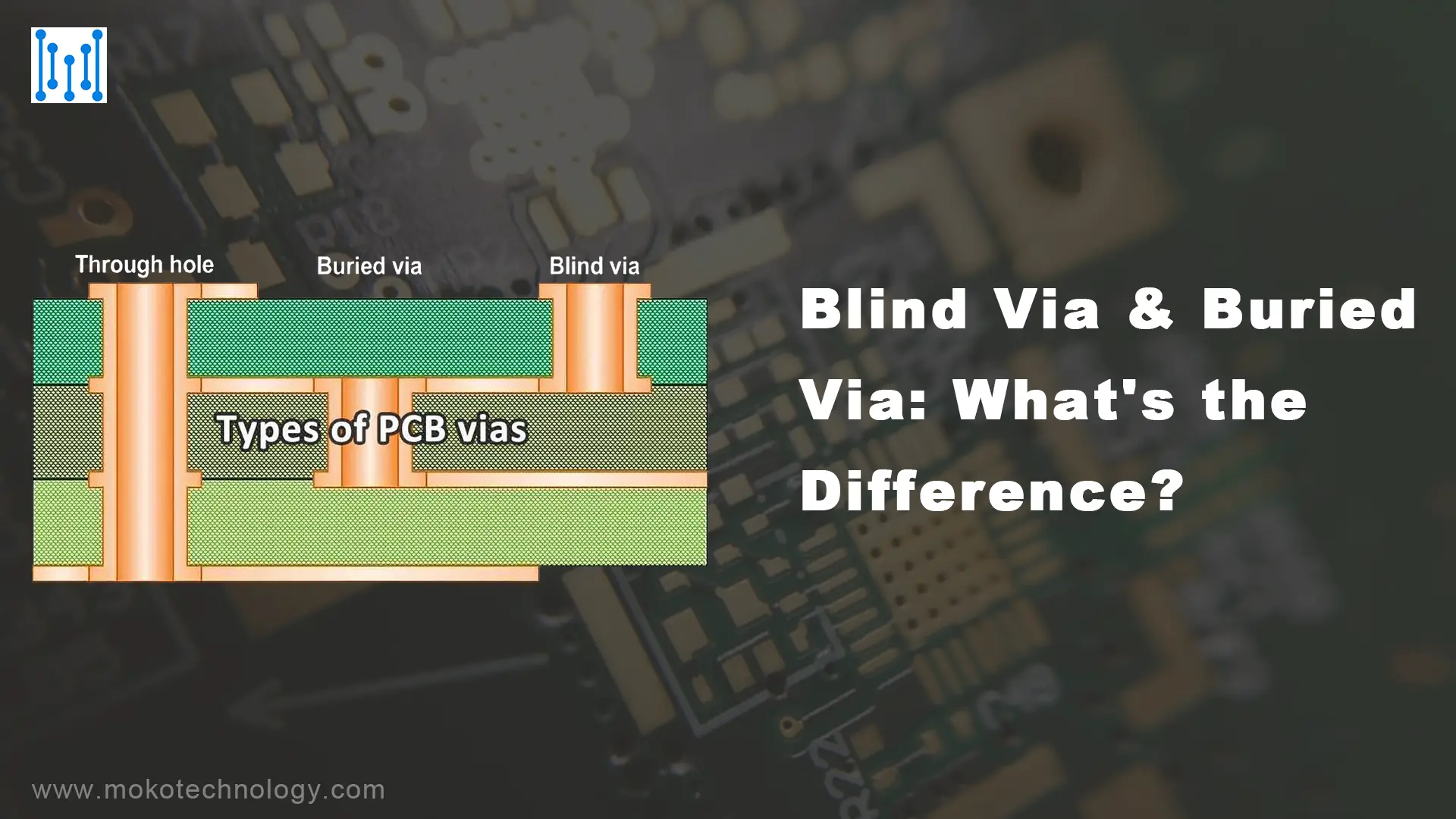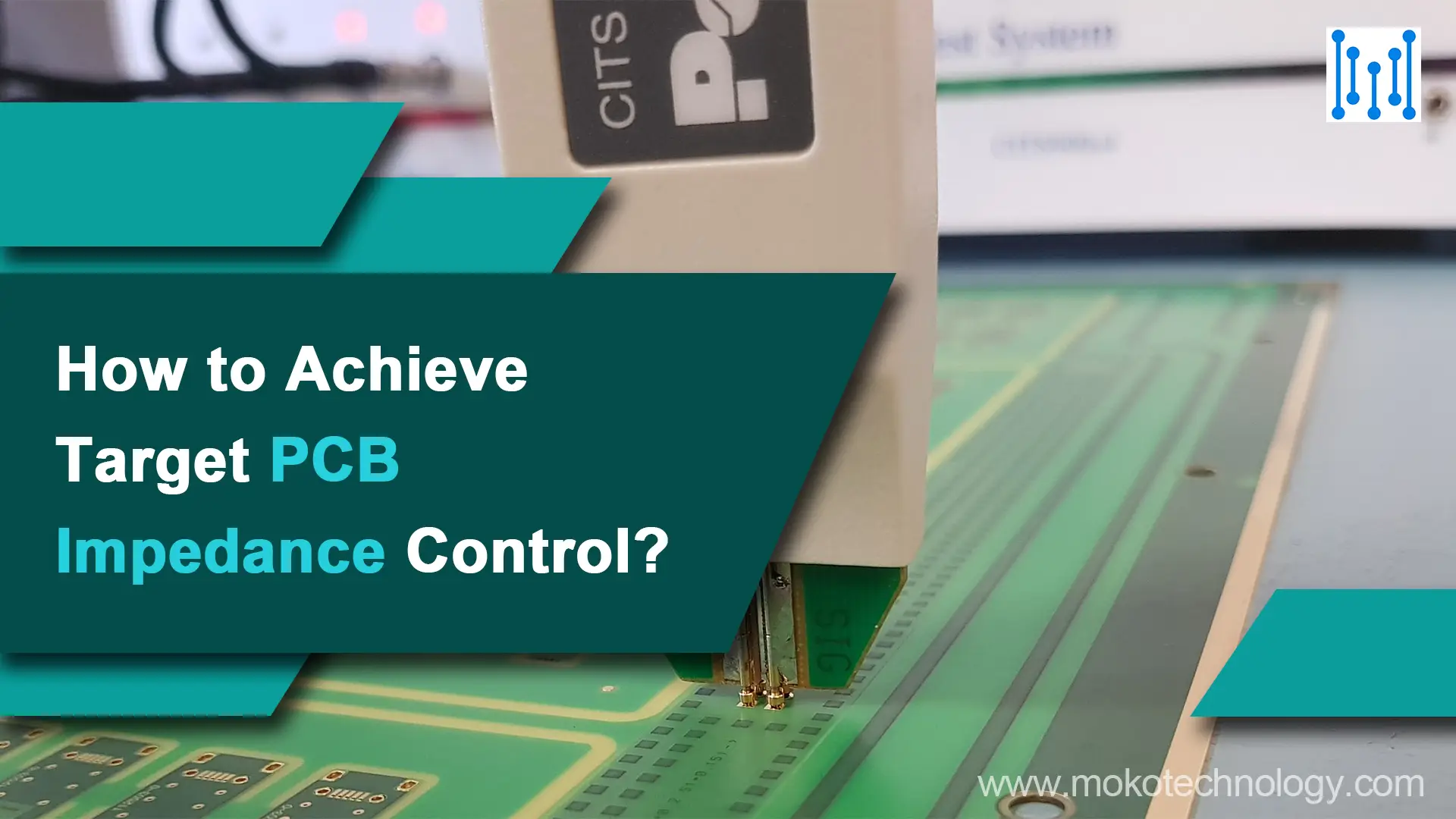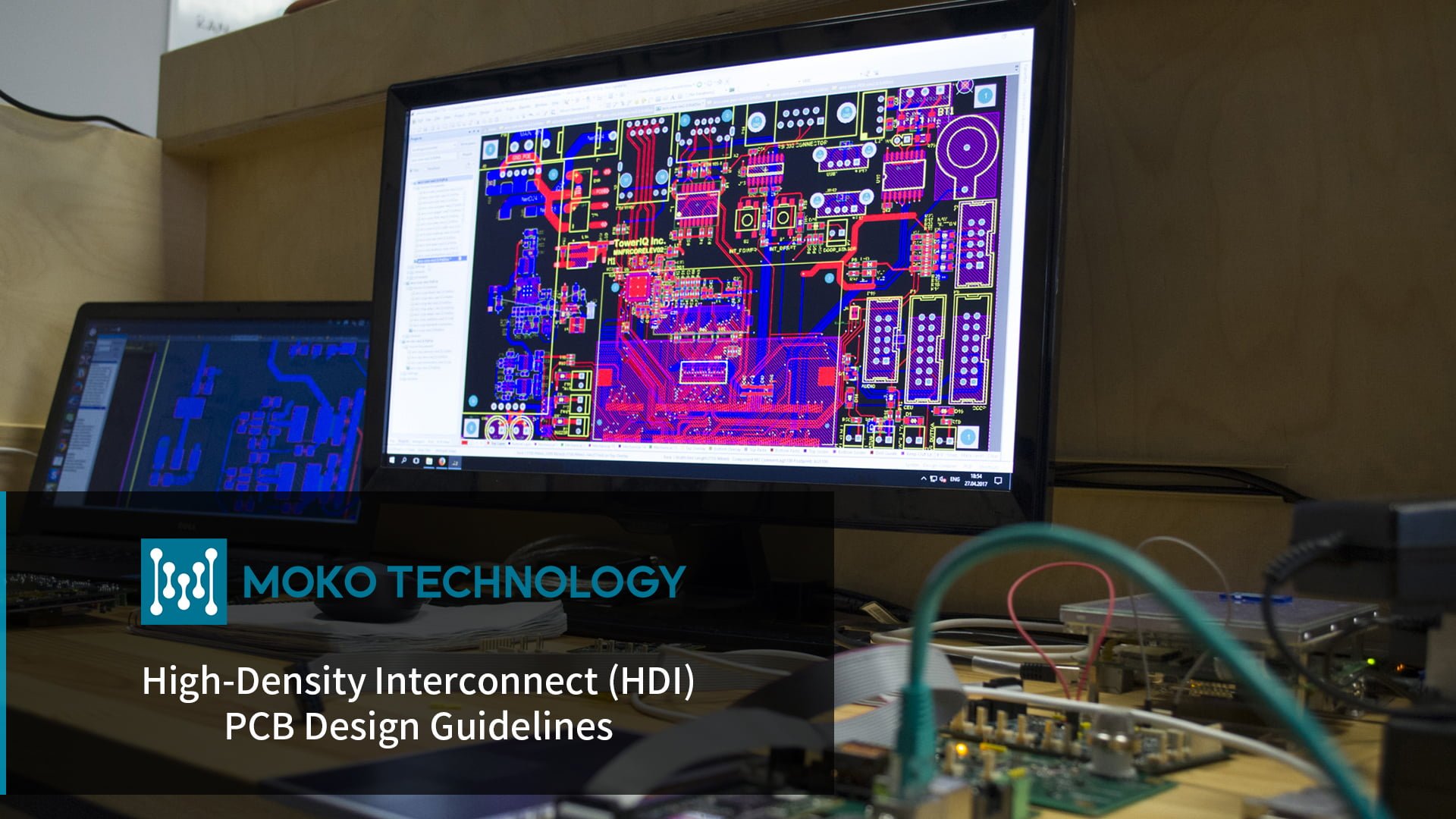When working with high-frequency signals design, the placement and routing of PCB traces are of greater importance than DV or low-frequency circuits.
When traces are laid down parallel to each other (either adjacent or on opposite sides/different layers of the board) they form a very tiny capacitor.
When traces are routed around components they can form very tiny inductors.
Now, as anyone who knows about AC circuits will attest, two things are unavoidable:
- Capacitive reactance is inversely proportional to frequency.
- Inductive reactance is directly proportional to frequency.
Both of the above are measured in Ohms (as they are a measure of a circuit’s resistance to current flow).
Thus, those tiny capacitors created by the parallel traces will cause leakage. What’s more, the interference and the inductors created by wiggling traces around components will introduce a non-linear resistance into the circuit (and could even act as an antenna, producing undesirable interference elsewhere).
These issues are sometimes used for constructive purposes to reduce noise but make HF circuit design more of a challenge.
For example, you might see traces that are deliberately “wiggly”.
Read More: 16 Steps On Microwave PCB Design
#Consumer Electronic #PCB Design



